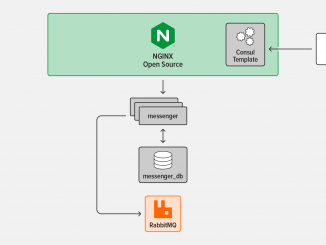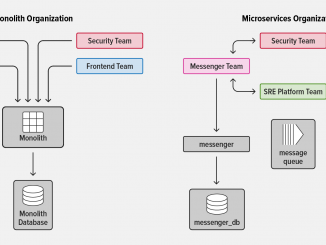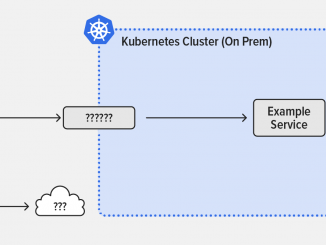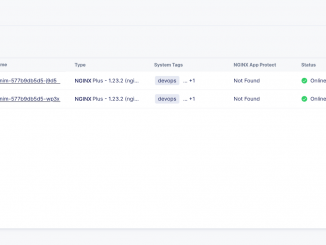
NGINX Tutorial: How to Securely Manage Secrets in Containers
NGINX Tutorial: How to Securely Manage Secrets in Containers This post is one of four tutorials that help you put into practice concepts from Microservices March 2023: Start Delivering Microservices: How to Deploy and Configure Microservices How to Securely Manage Secrets in Containers (this post) How to Use GitHub Actions to Automate Microservices Canary Releases (coming soon) How to Use OpenTelemetry Tracing to Understand Your Microservices (coming soon) Many of your microservices need secrets to operate securely. Examples of secrets include the private key for an SSL/TLS certificate, an API key to authenticate to another service, or an SSH key for remote login. Proper secrets management requires strictly limiting the contexts where secrets are used to only the places they need to be and preventing secrets from being accessed except when needed. But this practice is often skipped in the rush [ more… ]




